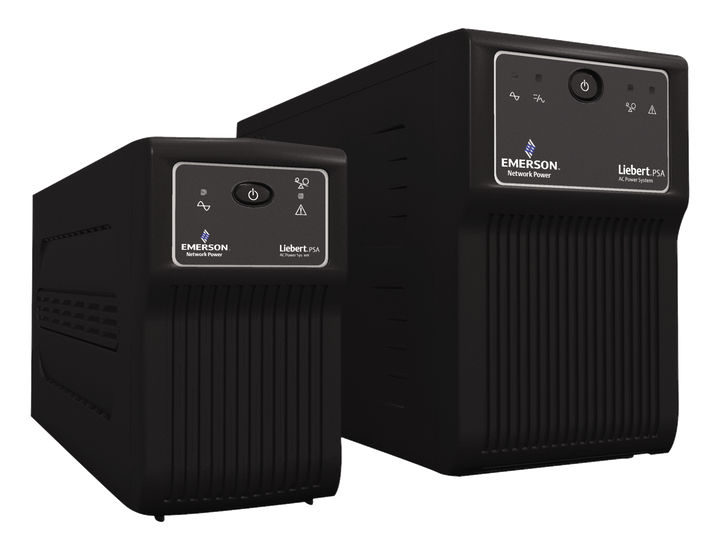In today’s technologically advanced world, UPS power supply is crucial to ensure the smooth operation of various devices and systems. Unplanned power outages, voltage fluctuations, and electrical disturbances can cause significant damage to sensitive equipment and disrupt critical operations. To combat these issues, organizations rely on uninterruptible power supply (UPS) systems. In this piece of writing, we will provide a simplified explanation of how UPS systems work, highlighting their key components and functions.
The Basics of UPS Systems
- Defining UPS Power Supply: An uninterruptible power supply (UPS) is an electrical apparatus that provides emergency power to connected devices when the primary power source fails.
- The Role of UPS Systems: UPS systems act as a safeguard against power disruptions, allowing critical systems to continue functioning seamlessly and protecting valuable data from potential loss or corruption.
- Types of UPS Systems: There are various types of UPS systems, including offline/standby, line-interactive, and online/double-conversion UPS systems. Each type offers a different level of protection and efficiency.
Key Components of UPS Systems
- UPS Power Supply: The heart of the UPS system is the power supply unit, responsible for converting incoming AC power from the mains into DC power. This power is then used to charge the UPS’s battery bank.
- VRLA Battery: Most UPS systems utilize valve-regulated lead-acid (VRLA) batteries. These maintenance-free batteries provide backup power during outages, ensuring uninterrupted operation until the primary power source is restored.
- Inverter: The inverter is a critical component that converts the DC power from the battery into clean AC power, suitable for powering connected devices.
- Automatic Voltage Regulator (AVR): An AVR ensures a stable output voltage by compensating for voltage fluctuations and line noise. It safeguards sensitive equipment from voltage spikes or drops and minimizes the risk of damage.
- Bypass Switch: UPS systems include a bypass switch that allows for seamless transfer between the primary power source and the UPS when necessary. This feature ensures uninterrupted power supply even during maintenance or UPS failure.
UPS System Operation
- Normal Operation: During normal operation, the UPS system continuously monitors the incoming power supply. It conditions the power by regulating voltage, filtering out electrical noise, and providing surge protection.
- Power Failure: In the event of a power outage, the UPS system immediately detects the loss of utility power. It swiftly switches to battery power, ensuring a seamless transition and uninterrupted power supply to connected devices.
- Battery Runtime: The UPS’s battery bank determines the runtime during power outages. The capacity of the batteries and the power load of connected devices determine how long the UPS can sustain operations until power is restored or the batteries are depleted.
- Recharging: When utility power returns, the UPS system switches back to the primary power source and simultaneously begins recharging the batteries. This process ensures the batteries are fully charged and ready for the next power disruption.
In a world heavily dependent on technology, the reliability and continuity of power supply are vital. By understanding the basics of UPS systems, their components, and their operation, individuals and organizations can make informed decisions to safeguard their critical systems. When it comes to reliable power solutions, Meghjit Power Solutions LLP is a trusted provider offering a wide range of precision air conditioners, servo stabilizers, UPS systems, and many more.
